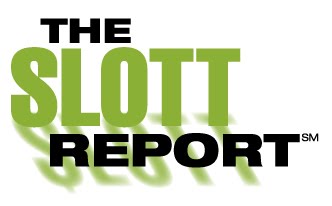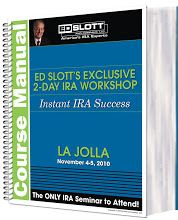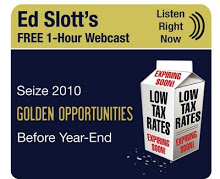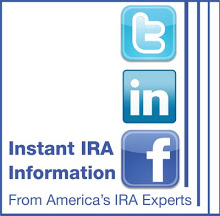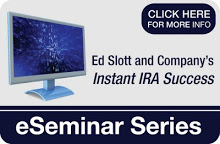This week, the Ed Slott and Company IRA Discussion Forum featured a question about Roth IRA contribution limitations. Thinking about contributing to a Roth IRA in 2010? You better make sure you can, because surprise, those restrictions are still in place! Want to know if you qualify? Read on to find out.Beginning January 1, 2010, everyone qualified to make Roth conversions from eligible accounts. The previous restrictions preventing those who were married but filed separate or had income (MAGI) over $100,000 were permanently repealed. But while the restrictions on converting to a Roth IRA may have been removed, the restrictions on contributing to a Roth IRA have not.
That’s right - no matter what your age, income, filing status, participation in an employer plan (get the picture?), you can convert tens of thousands, or even millions of dollars from your IRA (or other eligible account) to a Roth IRA. But if you want to contribute just $5,000 directly to a Roth IRA, you better make sure you qualify! Does it make any sense? Nope - but those are the rules.
So how do you know if you qualify to make a Roth contribution? It’s actually pretty easy. Essentially, it boils down to only two income tests; do you make enough income and do you make too much income?
Test One: Do you make enough income? In reality, we need to dig a little bit deeper than do you simply make enough income. We actually need to see if you make enough of the right kind of income. What’s the right kind in this case? Earned income. Earned income comes from sources like salaries, commissions, alimony and self-employment income. It does not include dividends, interest, social security, unemployment and other forms of passive income. If you (or a spouse) have earned income, you can potentially contribute the lesser of $5,000 ($6,000 if you are age 50 or older) or your total earned income to a Roth IRA this year - depending on the outcome of test two.
Test Two: Do you make too much income? Depending on your filing status, your ability to contribute to a Roth IRA in 2010 is phased out at varying income (MAGI) levels. If you make less income than the lower number in your phase out range, you may make a full Roth IRA contribution (up to the amount determined in question one). If you make more than the higher number in your phase out range you can’t make any Roth IRA contribution in 2010. Make somewhere in the middle and you can make a partial contribution. For 2010, the phase out ranges are:
Single: $105,000 - $120,000
Married Filing Joint: $167,000 - $177,000
Married Filing Separate: $0 -$10,000
And that’s it. If you can pass these two tests, you can make a Roth contribution this year - even if you are 99!!! But here’s something to chew on. Test one is more important than test two. Why? Because if you pass test one but not test two, there’s still a way to get your money into a Roth IRA this year. Want to know how? You’ll have to check back next Friday!
Of course, if you need to know the answer before then or want advice specifically tailored to your situation, you may want to speak with a qualified advisor who has specialized knowledge in this area.
Got more questions?? Want to see what other people are asking? Check out the Ed Slott and Company IRA Discussion Forum.By IRA Technical Consultant Jeffrey Levine and Jared Trexler
------------------------------------------------------------------------------
Comment, Question, Discussion Topic on your mind? Click on the
Blue Comment Link below and leave your thoughts then check back to see what other consumers and advisors think.
*Copyright 2010 Ed Slott and Company, LLC
